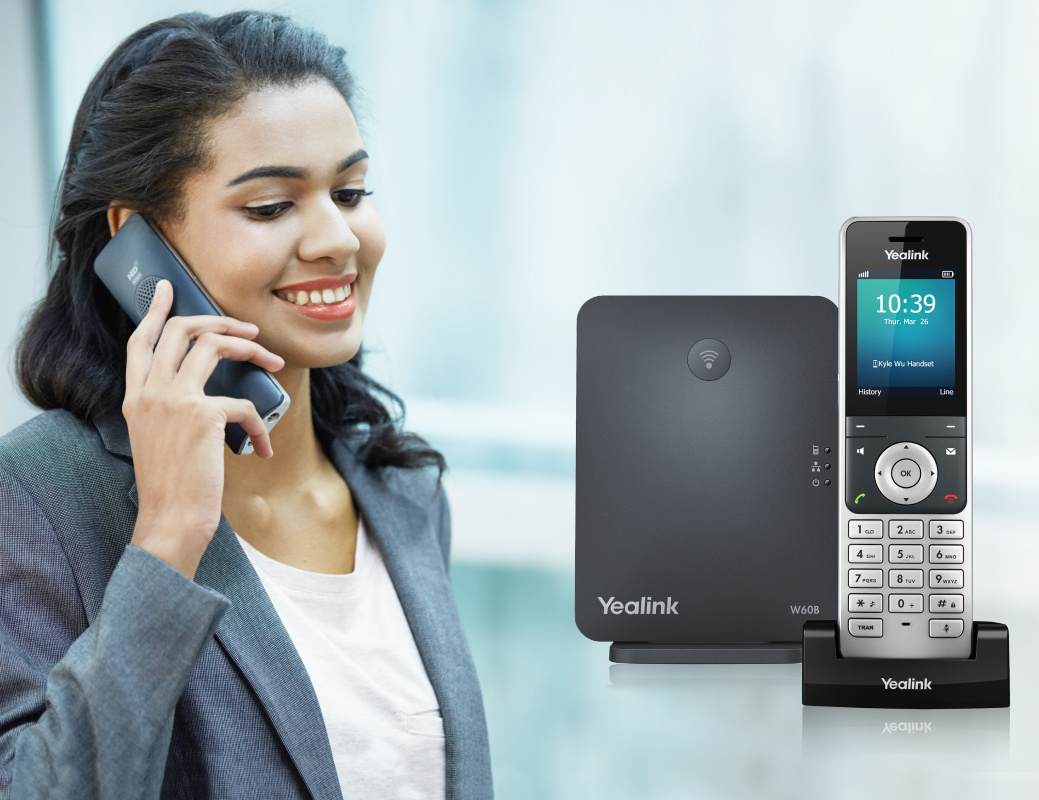Introduction
In this digital age, communication has never been easier—thanks to advancements like Voice over Internet Protocol (VoIP) phone systems. These nifty devices allow calls to be made over the internet rather than traditional phone lines, offering flexibility, cost-effectiveness, and a range of features that can suit any business need. But what happens when your VoIP phone system starts acting up? Whether you’re dealing with dropped calls, poor audio quality, or other pesky issues, troubleshooting can feel like a daunting task. Fear not! This comprehensive guide will walk you through common problems and their solutions so you can bring your VoIP phone back to life.
What is a VoIP Phone System?
Understanding the Basics of VoIP
A VoIP phone system transforms voice communication into data packets sent over the internet. Unlike traditional telephone systems that rely on copper wires, VoIP uses your existing internet connection for transmitting calls. This means that as long as you have a stable internet connection, you can make calls from anywhere in the world.
Benefits of Using VoIP Phone Systems
- Cost Savings: Lower monthly bills compared to traditional phone services. Flexibility: Ability to make and receive calls from various devices. Advanced Features: Options like voicemail-to-email and call forwarding.
Common Issues with Your VoIP Phone System
How to Troubleshoot Common Issues with Your VoIP Phone System
When your VoIP phone system is on the fritz, it’s crucial to identify whether the problem lies within your internal network or with the service provider. Start by asking yourself these questions:
Are all users affected? Is there an issue with the internet connection? Have any changes been made recently?By answering these questions, you can narrow down potential causes of issues like poor call quality or dropped connections.

Problem 1: Poor Call Quality
Identifying Symptoms of Poor Call Quality
So you've picked up the phone for a chat only to find that the sound quality is worse than a bad karaoke night? Symptoms may include choppy audio, echoing voices, or fading sounds.
Causes of Poor Call Quality
- Insufficient bandwidth Network congestion Outdated hardware
Solution to Poor Call Quality
Check Bandwidth Requirements: Ensure your internet connection meets the necessary speed for VoIP calls. Prioritize Voice Traffic: Use Quality of Service (QoS) settings on your router to prioritize voice traffic over other types of data. Update Hardware: Invest in high-quality routers or switches designed for VoIP use.Problem 2: Dropped Calls
Understanding Why Calls Get Dropped
Let’s be honest; nobody likes being cut off mid-sentence during an important conversation. Dropped calls can be both frustrating and embarrassing.
Common Causes of Dropped Calls
- Weak Wi-Fi signals Inconsistent internet service Poorly configured firewall settings
Solutions for Dropped Calls
Improve Wi-Fi Signal Strength: Position your router in a central location or consider using range extenders. Check Internet Connection Stability: Run speed tests to determine if there are fluctuations in service. Configure Firewall Settings: Ensure that necessary ports are open for VoIP traffic.Problem 3: Unable to Make/Receive Calls
Symptoms of Inability to Connect Calls
Imagine trying to dial out but hearing nothing but silence—or worse yet, an error message! This might signal issues with making or receiving calls.
Possible Causes for Inability to Connect Calls
- Incorrect account settings Hardware malfunctions Service provider outages
Solutions for Call Connectivity Issues
Verify Account Settings: Double-check SIP credentials and server addresses in your device settings. Restart Your Equipment: Sometimes a simple reset can work wonders. Contact Service Provider Support: They may provide insights into outages or account-related issues.FAQ Section
1. What is the ideal bandwidth requirement for a VoIP call?
Generally speaking, each simultaneous VoIP call requires about 100 Kbps—so plan accordingly based on how many users will be active at once!
2. Can I use my existing phones with a new VoIP system?
Yes! Many traditional phones can be adapted using analog telephone adapters (ATAs).
3. How do I know if my Internet is fast enough for VoIP?
Run an online speed test specifically focused on upload and download speeds.
4. What should I do if I forget my SIP credentials?
Contact your service provider; they should be able to retrieve them for you after verifying your identity.
5. Why does my voice echo during calls?
Echo usually occurs due to speaker volume being too high—try lowering it!
6. Is it possible for multiple users to experience issues simultaneously?
Absolutely! If multiple users report https://soundcurve.com/voip-phone-service-walnut-ca/ problems, it's likely related to network congestion or external factors affecting your service provider.
Conclusion
Troubleshooting common issues with your VoIP phone system doesn’t have to feel like rocket science! By familiarizing yourself with typical problems and their solutions, you’ll be well-equipped to tackle any hiccups that come your way—whether it’s poor call quality, dropped connections, or inability to connect at all! Remember that maintaining strong internet service is key; after all, without a solid connection, even the best VoIP phone systems won’t perform optimally.
So next time you're stuck in a voicemail loop because of technical difficulties, just remember this guide—and take charge of those annoying glitches!